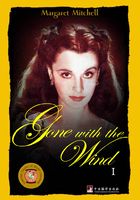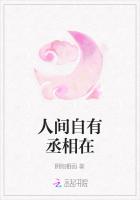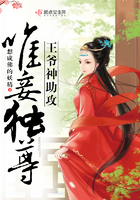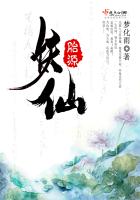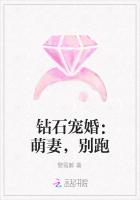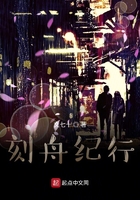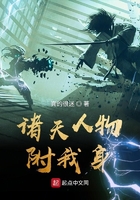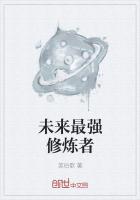The Modernization of China’s Publishing Industry
At the beginning of the 19th century, advanced publishing technology was introduced to China, heralding a profound transformation in Chinese publishing. After the Opium War in 1840, developed capitalist countries from Europe and America broke China’s self-seclusion. At the same time, with the influence of capitalism, traditional Chinese society began to collapse with modernization as the keynote for future development. During the tremendous changes society and culture underwent, the traditional publishing industry was left behind the times and started its modernization, entering into a transition period. What’s more, the period marked a move for the Chinese publishing industry from tradition to modernity, gradually establishing a solid foundation for modernization.
At the end of the 19th century and beginning of the 20th, a large group of modern private publishing agencies such as Commercial Press, Zhonghua Publishing House and Wenming Publishing House emerged. They symbolized the end of the transition for Chinese publishing industry from traditional to modern. From that time forward, the modern publishing industry became the mainstay and was markedly different from the industry before the 19th century. The differences in modern publishing match the development of Chinese society.
On the whole, the 100 years from the beginning of Opium war in 1840 to the founding of the People’s Republic of China was a significant stage for the rise and development of modern Chinese publishing. The period from the beginning of the 20th century to 1949 was particularly prosperous. According to conservative estimates, from 1911 to 1949, at least 120,000 different books were published in China. There were more than 10,000 periodicals and magazines and 2,500 newspapers. The sheer number of publications was unprecedented in China’s publishing history. Meanwhile, the rise of a modern publishing industry played an active role in promoting the development of Chinese society and culture.
The Introduction and Application of Mechanical Printing
The introduction of modern printing technology from the west facilitated the rise of modern Chinese publishing. By the early years of the 19th century, mechanized letterpress printing had been introduced in China and the Christian Protestant missionary Robert Morrison (1782–1834) from the London Missionary Society brought the first Chinese character font set to China. In 1814, he founded a printing shop in Malacca to cut matrixes of Chinese characters and cast types out of them. In 1819, a printed Chinese copy of The Holy Bible—the Old Testament and the New Testament was the first Chinese printed book and resulted in the first group of trained press operators.
Since the 1840 Opium War, western missionaries came to China and some of them began to do printing and publishing to facilitate their missionary work. In 1843, British missionary Walter Henry Medhurst (1796–1857) moved his printing shop from Batavia to Shanghai and named it Mohai Book House. It was the first printing and publishing agency with letterpress printing machines in Shanghai. After the founding of the Mohai Book House, a number of publishing agencies set up by foreigners emerged, including Meihua Book House, Yinghua Book House and Gezhi Book House. The largest was Meihua, which also had the most publications and most advanced technology.
In 1879, a British businessman named Ernest Major (1830–1908) founded the Dianshizai Printing House to print Chinese books by polyqutography. The books printed by Dianshizhai were portable and popular, small in size with beautiful scripts and low prices. After that, polyautography became popular and a number of polyautography book houses were set up. Polyautography replaced block-printing as the most common printing form in China and helped set up profit driven printing agencies.
At the beginning of the 20th century, polyautography was replaced by type printing as the use of printing machines spread. Improvements and innovations were made for the new type of printing based on the unique features of Chinese characters. After than, developing by leaps and bounds, printing technology in China narrowed the distance with technology used in western countries and moved from manual operation to mechanization.
After developing for almost 100 years from the beginning of the 19th century to the 20th century, modern machine printing became the mainstream of China’s printing industry. Traditional printing technologies such as movable-type printing or blockprinting and registration printing were left behind. With these fundamental changes in productivity, the printing industry gradually became an industrial enterprise and adopted capitalist operating models.
The transition to modern printing directly led to the transition of the traditional Chinese book system. Before the 19th century, thread-bound books were the most common in China. After the introduction of new printing technologies, paper imported from abroad also emerged. Statistics show that in 1903, the value of paper imported from abroad hit 2,684,000 taels of silver. By 1911, the value had jumped to 5,605,000 taels. From 1903 to 1911, a total of 34,165,000 taels of silver were spent to import paper. As a result, imported paper replaced cork paper and became the most commonly used. It also allowed for a shift from one-side printing to printing on both sides of the page.
In addition, there changes in binding and layout as western styles overtook most publications. Popular in the west, hardcover and paper cover books began to be widely used in China, marking a transformation in book binding and layout.
The Rise of New Publishing Houses





